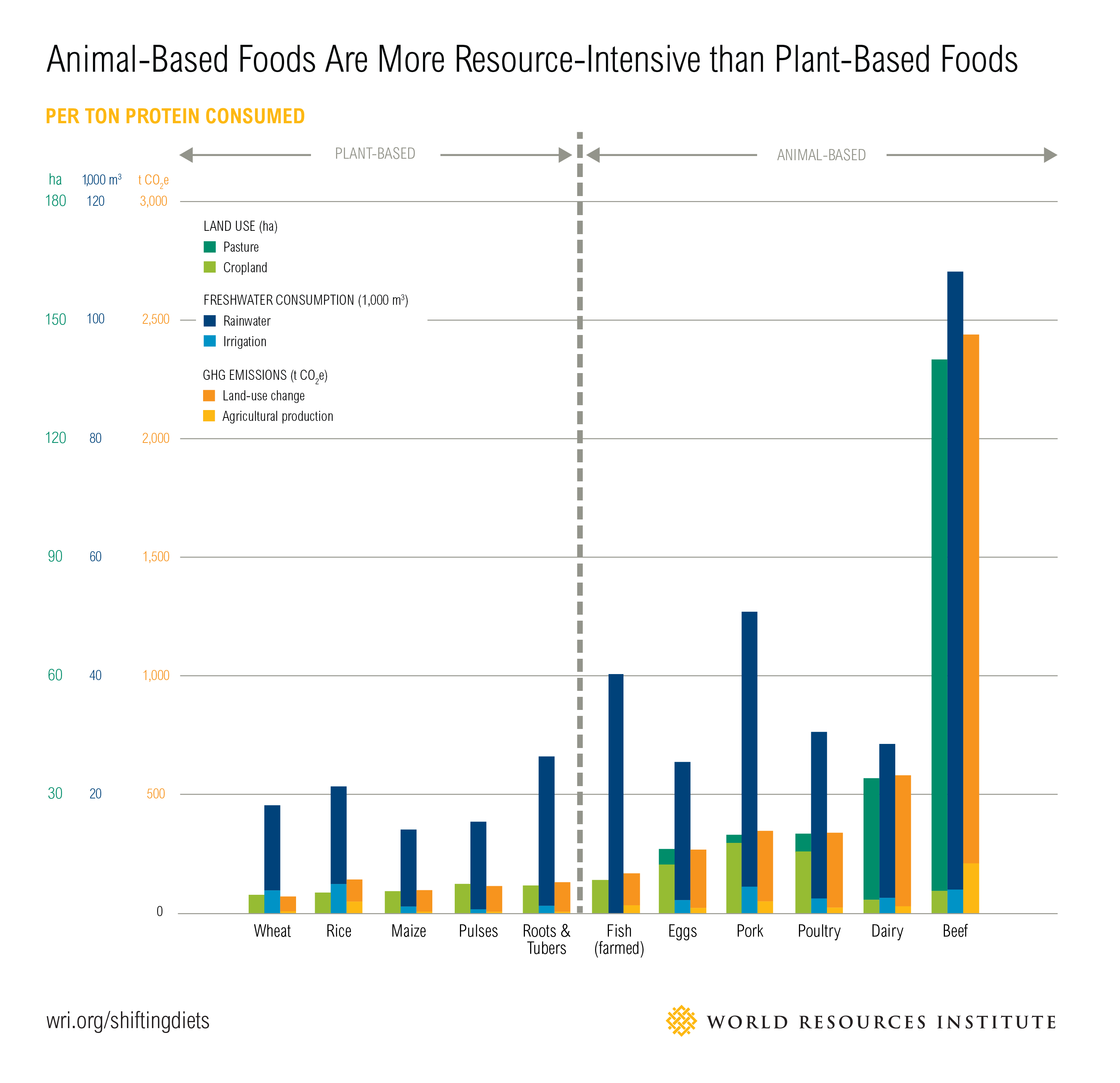The article that I chose to bring to the blog site is something that I never expected to appear on the NY Times environmental page. It is showing a correlation between the weather and shootings in the United States based on the highest cities who have dealt with gun violence and murder. In addition to the interesting comparison that is created throughout this article, it is fascinating due to how many different types of graphs that are used to highlight the different statistics of this study. It begins with a type if line graph, moves to a bar graph and then finishes with a plot graph. After going over the decrease on gun violence that led up to 2014, it highlights the rise in gun violence ever since. One overall point that the article brings up is that the cities who are documented experienced an increase in shootings when the days were warmer than in the past when they were cooler. Is there a real connection between whether and shooting statistics one may ask? It does seem rather far-fetched with the increase in weapons and technology over the years that there is a correlation, however the article does analyze multiple aspects. With one exception, San Francisco, to the data provided, all of the cities increased in shooting rates during hotter temperatures. This is the overall thesis of the article.
The answer that is provided to this weird question is rather simple. The overwhelming answer is that due to warmer temperatures, people in the cities are more likely to be outside more often. Due to being outside there is a heightened issue between conflicts of people. They use Philadelphia as the most prominent example to show the answer to this problem. Author Asher use this city because it provides data for both inside and outside shooting data which covers both of the variables to this problem. And although it may be small difference when looking at one city, across the whole country it becomes a significant difference. One quote from the article articulates this issue very well, “On average, about twice as many people are shot in Northern cities like Chicago, Milwaukee and Detroit when it’s hot versus when it’s cold (only nonfatal shooting victim data was available for the latter two). In Southern cities like Atlanta and New Orleans, the effect exists but is weaker.”(Jeff Asher, NY Times)
This leads me question though, whether these two issues can be related or if this is a stretch. Are there aspects that have not been analyzed that add to this or is it as simple as the solution that they have provided? Although the data shows a rather simple correlation between the rise in temperature and rise in shooting I believe that there is more to this issue than just these two aspects. I am curious to see if others feel that the issue is this simple or more complicated. Further the issue of weather on human population sustainability. Many know the issues that have risen for animals but not for people such as this article investigates.
The graph below was the best and most descriptive from the three within the article:
https://www.nytimes.com/2018/09/21/upshot/a-rise-in-murder-lets-talk-about-the-weather.html?rref=collection%2Fsectioncollection%2Fclimate&action=click&contentCollection=climate®ion=stream&module=stream_unit&version=latest&contentPlacement=7&pgtype=sectionfront



